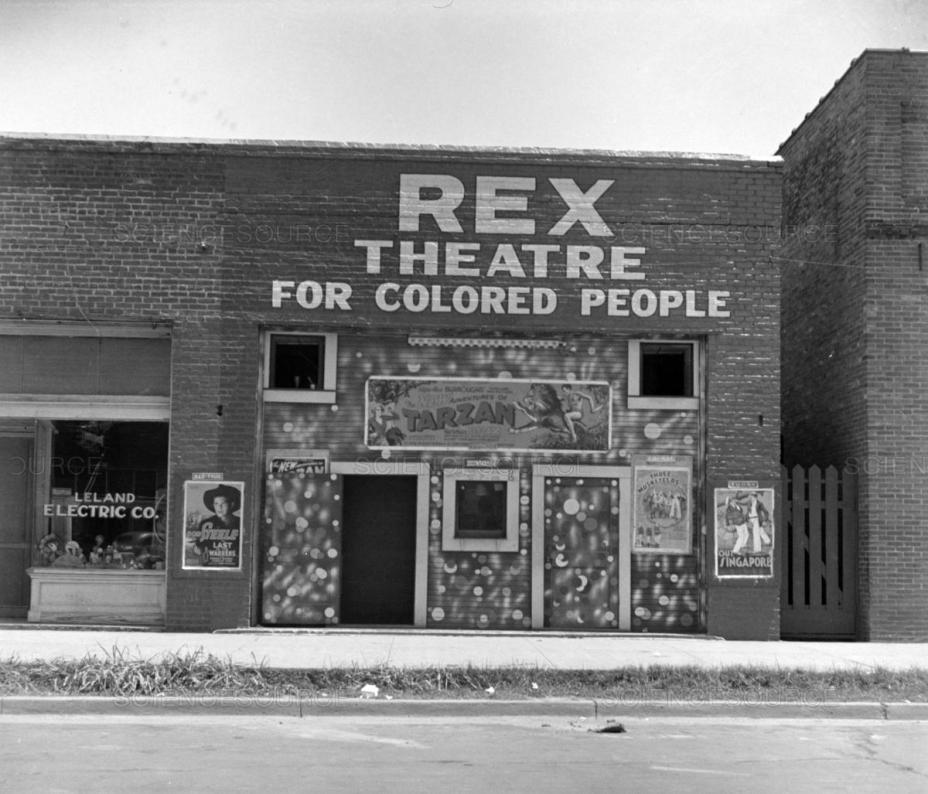Capability: a constraint referring to the limitations on human movement due to physical or biological factors. For example, a person cannot be in two places at one time, and therefore cannot also watch two movies airing in different cinemas at the same time. (Corbett, 2001)
Coupling: a constraint referring to the need to be in one particular place for a given length of time, often in interaction with other people. For example, when attending the cinema, you must purchase your tickets from someone behind a register, purchase food and drinks from someone behind a register, and possibly sit next to a stranger in the cinema. (Corbett, 2001)
Authority: a constraint wherein an area (or “domain”) that is controlled by certain people or institutions that set limits on its access to particular individuals or groups. For example, you cannot go to the cinema and watch a movie without the theatre itself being open. (Corbett, 2001)
It is with regards to this last “authority constraint” which interests me. It is written in our modern history that segregation was a prominent part of normal life, as well as cinema culture. Before the Civil Rights Act of 1964 (Gil & Marion, 2015), segregation in the cinema was considered as a normal practice. It’s very odd to think about this living in our current decade, and the thought of being seated seperate from people of colour is something I have not considered before.

Image taken from Science Source
What if it was still like this?
We now have movie stars who fill the screen with their presence, all of colour, and they are some of the best actors/actresses I have ever had the pleasure to see perform. Through my own auto-ethnographic cinematic experience, I watched the film “12 Years A Slave” in the indoor cinema we have provided at my student accommodation. Although it was not a full cinematic experience, there were still people watching the film with me who I did not know, and still the smell of popcorn in the air.
I decided to watch people watch the film (and try not to be too creepy about it) in order to conduct my study. There were animated watchers, and there were unflinching watchers. Additionally, I found that during the scene where the lead actor was tiptoeing for at least 2 minutes with a rope around his neck, many people started to complain out loud to each other that the scene was too long or too confronting. Due to the semi-informal setting, these verbal complaints did not come as much of a surprise to me.

Image taken from Visual Culture Blog
In conclusion, the 3 C’s coupled with cinema establish an excellent example into the relationship between the history of segregation in cinema settings, as well as the relationship of the viewer to their cinema setting, whether this be formal or informal.
Cheers,
V 🍻
Instagram | Twitter | YouTube | Facebook
REFERENCES:
Corbett, J. (2001). Torsten Hägerstrand’s: Time Geography. CSISS Classics, pp.1-4.
Gil, R. and Marion, J. (2015). Residential Segregation, Discrimination, and African-American Theater Entry During Jim Crow. SSRN Electronic Journal.
